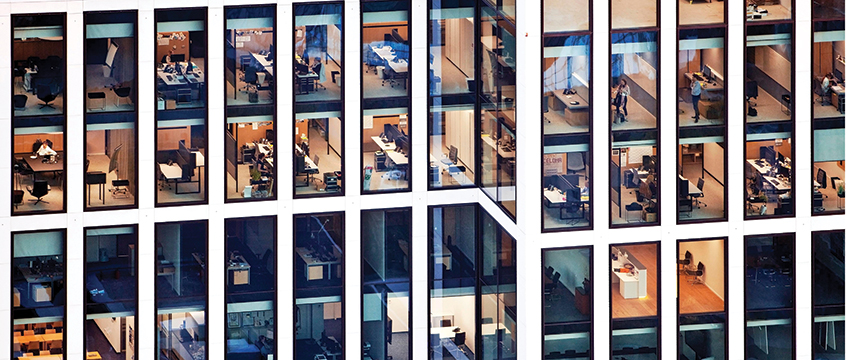The South East office market recorded consistent results for the third quarter of the year, according to the latest figures from Knight Frank.
Investment figures for the quarter reached £652m across 23 deals, 15% more than the long-term Q3 average by volume.
A contributor to the increase was continued interest in the Oxford and Cambridge markets. Combined, the cities accounted for 56% of investment turnover.
But turbulence across capital markets caused by widespread economic and political uncertainty has filtered through to market pricing, according to the agent.
Prime office yields in the South East moved out to 5.75% in the quarter as a result of the sharp rise in swap rates and the minimising of the gap between UK gilts and office yields.
For occupiers, leasing levels remained steady. Overall South East office market take-up reached 591,000 sq ft, which was below the long-term quarterly average but the highest Q3 total since 2019.
The average size of the transactions was lower, but this was balanced by a high deal count, with 71 occupier transactions completed across the quarter. The most active market was Cambridge, which recorded nine occupier transactions, totalling 118,000 sq ft, its highest number in three years.
Knight Frank noted that the vacancy rate also remained steady but sat just above the long-term trend at 7.4%. As demand continues to outgrow supply of new office stock, the vacancy rate for new grade-A space fell to 4.6% by the end of the quarter, its lowest level since 2019.
The agent noted that by the end of the quarter, 1.8m sq ft of speculative space was under construction and due for delivery before the end of 2024. However, with rising building costs affecting developer appetite and viability, it speculates that the development pipeline for the coming years will be scarce.
Roddy Abram, head of South East and Greater London offices at Knight Frank, said: “An increased number of transactions in a quarter that shows total take-up figures down on the long-term average sums up the current occupational market quite accurately. Occupiers are continuing to deliberate on the most appropriate strategy for their occupation over the next five to 10 years. Lease events are currently the primary driver for most new enquiries.”
Abram added that new and grade-A supply will remain under pressure, which will provide “the potential for further rises in prime headline rents where market imbalance is the most acute”.
Simon Rickards, head of South East capital markets at Knight Frank, said: “Despite the wider economic turmoil, it is encouraging that Q3 investment volumes were healthy by historical measure. As with previous quarters, the growth of life sciences has proved particularly attractive to investors, meaning that Cambridge and Oxford continue to dominate the statistics.”
Looking forward, he notes that the most significant challenge will be the cost of debt. Rickards added: “Five-year swap rates have nudged above 5% over the past three months, which has led to a rapid repricing across the market. This, in turn, will create significant opportunities for some, but as ever stock selection is key, with a focus on the best fundamentals arguably more important than ever before.”
To send feedback, e-mail chante.bohitige@eg.co.uk or tweet @bohitige
or @EGPropertyNews
Discover which agents have been most active in the South East office market so far this year >>











